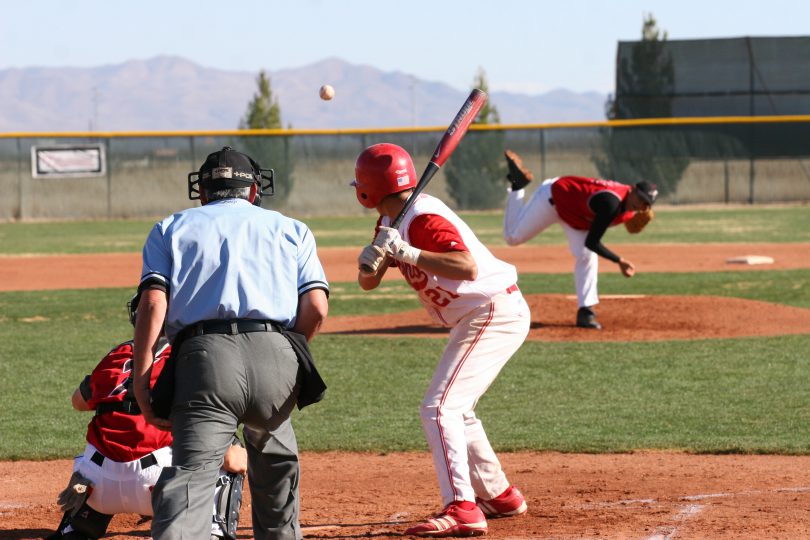The Situation: Man on second, 2 outs, bottom of the 8th inning. The defense is ahead 4-1. The offense’s best hitter, the 4-hitter, is at the plate.
The Play: The pitcher knows that this hitter could not only drive in the run, but could also hit the ball out of the park. The hitter on deck is an average hitter and doesn’t have the eye for the zone or the power of the guy at the plate. The pitcher doesn’t want to let the offense get back into the game, so he decides to pitch very carefully to the 4-hitter. He plays with the corners, and walks him on 5 pitches.
The Outcome: The 5-hitter comes up to the plate looking for a pitch to hit early. The first pitch misses right down the heart of the plate, and he hammers it into the gap for a double. Now, the hitting team has all the momentum. The next batter hits a single and the game is tied.
What Went Wrong?
In this example, the pitcher has to understand that the situation is more important than the matchup with the hitter. Even if the 4-hitter had hit a home run, the defense would have been ahead 4-3. Although the game would have been closer, the pitcher’s team would have been better off. The offense would have had to manufacture a 2-out rally with nobody on base.
In the late innings, momentum is key. Coaches will often talk about “rally-killing” home runs. It’s hard to get a rally rolling when there’s nobody on base, even if the bases have been cleared by a homer. It’s much easier to create momentum by stringing together hits.
As a pitcher, when your team has handed you a lead, you can’t pitch scared. You have to avoid putting runners on base when a walk or bloop hit could bring the potential tying or go-ahead run to the plate. Challenge hitters. Remember, even though you don’t want the offense to score any runs, your biggest job is to limit the offense so that your team holds on to the lead. Slow the game down and don’t get caught up with match-ups. Think about the situation. Think the game.







